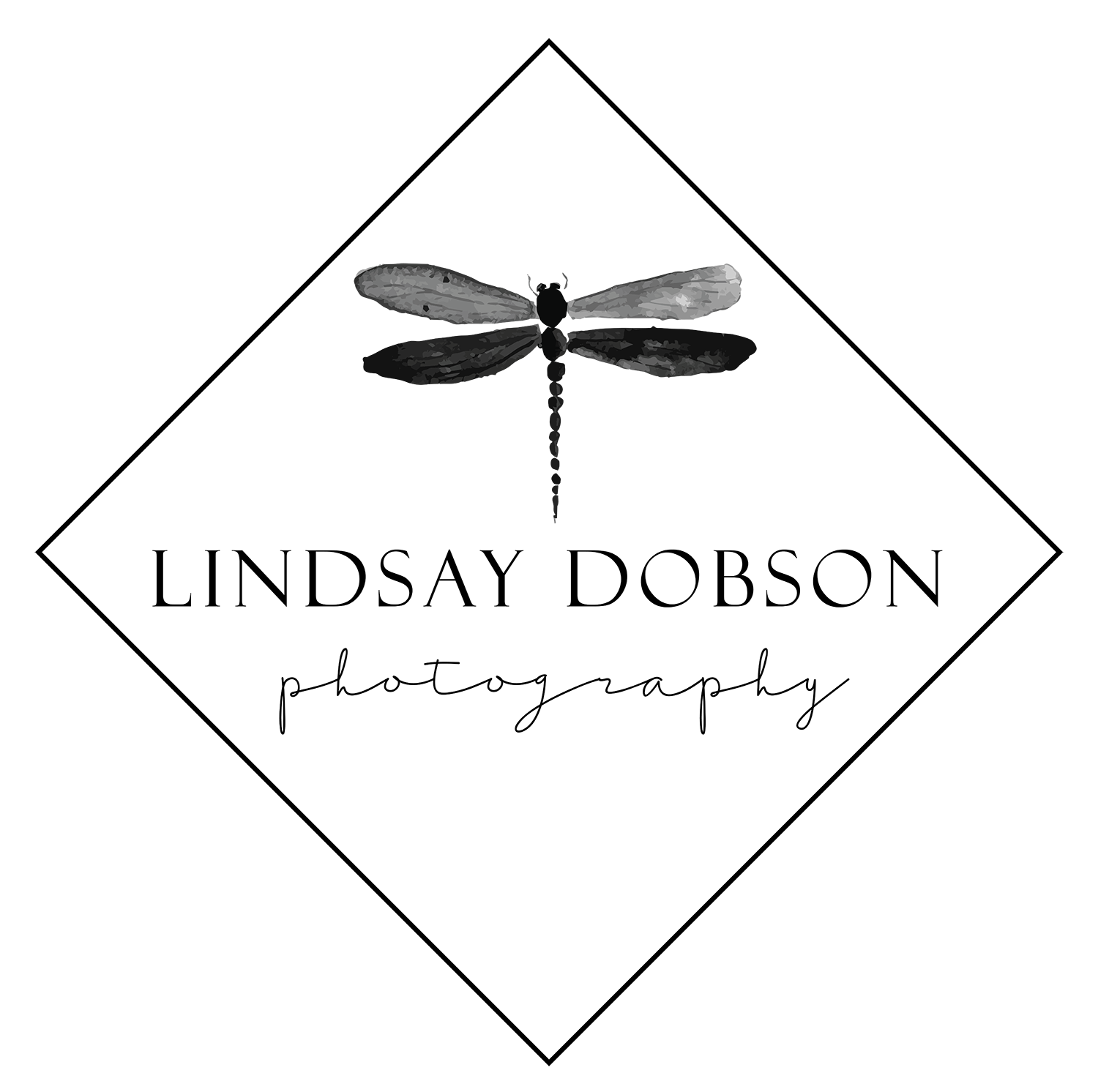Bird Photography at Busbridge Lakes in Surrey | A Relaxing Outing
I think anyone who enjoys wildlife and bird photography will appreciate a walk around Busbridge Lakes near Godalming in Surrey.
Over the bank holiday weekend I was delighted to revisit this locality, I used to go there every year without fail. Over the last three years work and life commitments have got in the way of almost all of my personal photography outings. It was a treat to spend a relaxing afternoon enjoying the peace and tranquillity this lovely location offers its visitors. And that, for me and my companion, is absolutely key. It can be hard finding somewhere to wind down these days and Busbridge is a proper oasis.
This is a family home where the gates are opened on a handful of days each year. As such, the atmosphere is informal and visitors can walk around the grounds admiring the wonderful birds which have chosen to make Busbridge Lakes their home. The terrain is flat and easy to negotiate and we tend to walk around the perimeter three times during a visit. Resting on the lawn next to the water never fails to balance the body and mind. Drinks and light snacks are available from the kitchen, or you can bring a picnic. Busbridge Lakes is also available as a wedding venue.
It goes without saying that this is a wonderful place to enjoy photographing the various birds. I think every visitor had a camera in their hands. The birds are very used to people so it’s easy to get some really nice shots. Busbridge Lakes is known for its black swans - a visit over this particular bank holiday weekend means you’ll get to see plenty of chicks. Other feathered residents who I’ve grown familiar with over the years are of course the peacocks. These are incredibly nosy birds and they’ll happily follow you around all day. If you don’t own peacocks is easy to grow very fond of the ones you meet. If you do own peacocks you’ll soon reach the point of wanting to throttle them, so I’m told.
My personal favourites are the Demoiselle Cranes. These are lovely birds, being curious and docile. They’ll often wander towards us if we’re looking at them which can be a little disconcerting given how large they are. Unlike the Crested Cranes, Demoiselles are not aggressive (notwithstanding the natural tendency of any bird to protect its nest). They can grow to almost a metre high (they’re one of the smallest of the Crane species). They can apparently live for up to 65 years, although they probably live for around half that in the wild. It’s easy to see why these are the most commonly kept Cranes in the UK.
I should also mention the Carp who live at Busbridge. These are my favourite fish and there are some absolutely wonderful examples to be seen (many of which are several feet long). If they see you on the water’s edge they’ll drift towards you so you’ll be able to get a really good look at them and of course some pictures.
With respect to bird photography, you won’t need hugely long focal lengths in a place like this. The birds are large and you can get close to them. I’d say that any focal length giving an equivalent field of view of around 300 to 400mm would be ideal. If you don’t have a long telephoto lens there’s no need to worry, you can still get some lovely scenic nature pictures around the grounds. For this excursion I had my favourite wildlife photography camera and lens which comprises my Panasonic GX8 paired with my Pana Leica 100-400 lens. My companion had his Canon 200D with the 55-250 STM lens. These lenses will give you an ‘equivalent’ field of view of 200-800mm and 88-400 respectively.
Nature photography is such that your subjects might be moving or they may choose to present themselves in the worst light they can find. Or both. Don’t be afraid to increase your ISO values accordingly. If you don’t, you may not get a shutter speed sufficient for handholding at long focal lengths let alone fast enough to freeze the movement of your subject. I’ve had students in the past who have been so reluctant to go above 400 ISO that most of the photographs they’ve come home with have been utterly un-usable due to blurring. Concerns about higher ISO values are really only relevant in light of the size you intend to output the pictures at. And it’s worth reminding ourselves that noise is much less noticeable in print than it is on a computer screen (where we have that horrible tendency to zoom in and look for it).
Tip: if your subject is moving parallel to the camera, focus lock and then simply move your camera to keep pace with them.
If you have an interest in wildlife and animal photography there are plenty of ideas and tips in the Blog section of this website which can be found here: wildlife and pet portrait photography south-east England
































